Tuck Everlasting Lesson Plan

by Jassmine Andrew Reyes
Language Arts, Grade 6
Learning Outcomes

- Students will engage in close reading to learn how people lived in the late 19th Century.
- Students will visualize a main character in a text.
- Students will create an in-depth dialogue between two people, using details from the text.
Common Core Standards
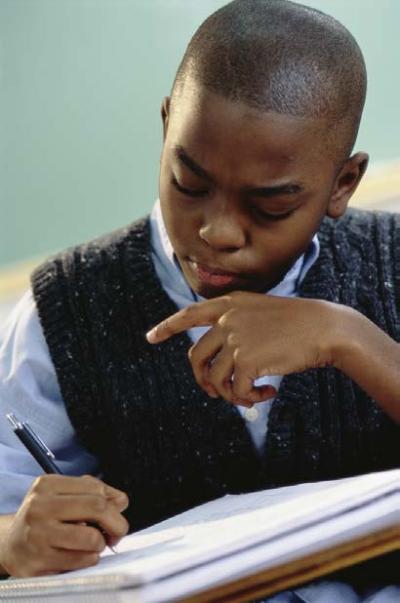
Cite textual evidence to support analysis of what the text says explicitly as well as inferences drawn from the text.
Use narrative techniques, such as dialogue, pacing, and description, to develop experiences, events, and/or characters.
Use precise words and phrases, relevant descriptive details, and sensory language to convey experiences and events.
Materials
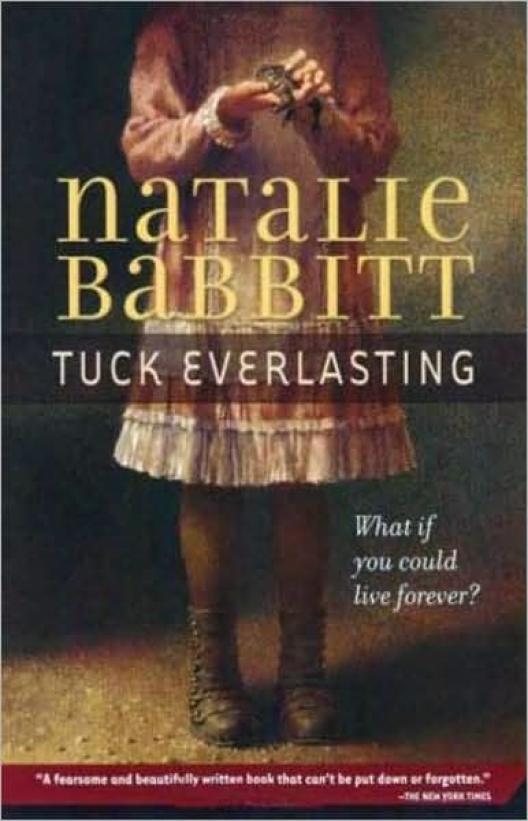
Student computers with internet access
www.readwritethink.org website
Flash player installed for Doodle Splash
Classroom set of Tuck Everlasting
Activity #1: Brainstorm
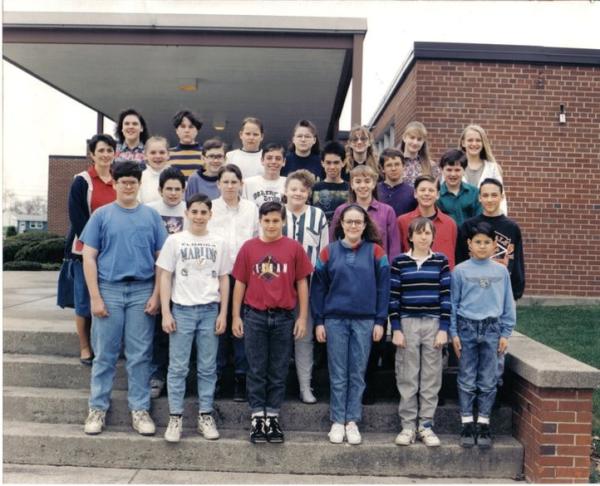
- All of you dress very differently from your parents and your grandparents. In your opinion, what types of clothing have gone out of style?
- Show old yearbook photos of some of the current middle school teachers. Discuss differences in clothing, hair styles, makeup, etc.
Student examples: What Did people wear in the past?
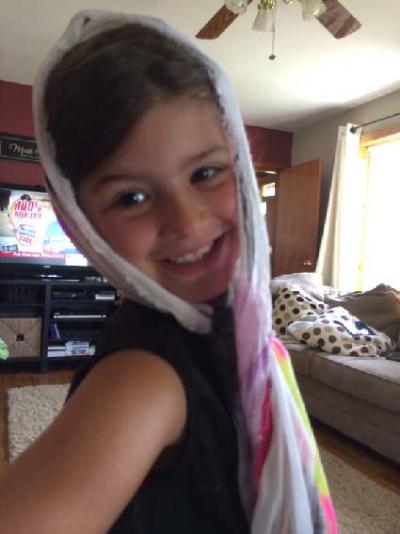
- 1600s:
- Big hats that covered their hair (unlike now)
- Buckles on their hats and pants
- 1700s:
- “Men wore wigs and war clothes”
- 1980s:
- “Tuxedos” “Men’s short shorts “Shirts tucked into shorts
- Not sure:
- “High collars” “Bonnets”
Activity #2: Discussion
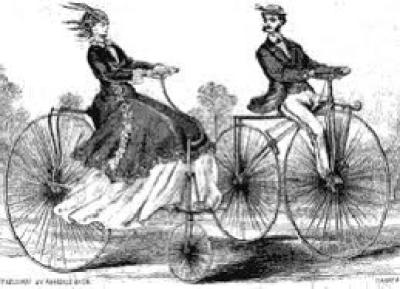
- Use students’ examples to flesh out the time periods that students attach to the clothing.
- Discuss why people dressed differently in different time periods. (Ex: gender roles)
- Guide them towards the late 19th Century time period.
Activity #3: K/W/L Chart

- K- Describe life in the late 19th Century.
- W- (What you want to know about this time period)
- L- (What you learned about life in the late 19th Century after reading Tuck Everlasting)
- K-W-L Creator, www.readwritethink.org
Activity #4: Purpose for Reading
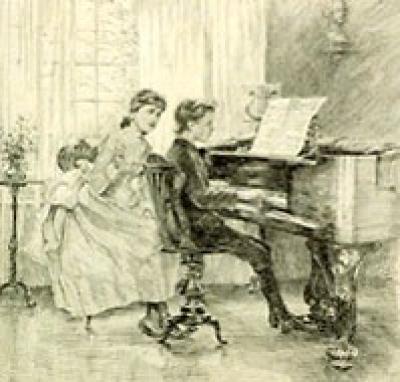
- As you read Tuck Everlasting, pay particular attention to details about life during the late 19th Century.
- Look for clues about dress, transportation, homes, occupations, etc. Take detailed notes.
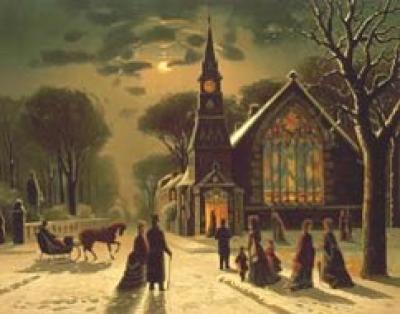
Activity #5: Using Text Details to Draw Conclusions
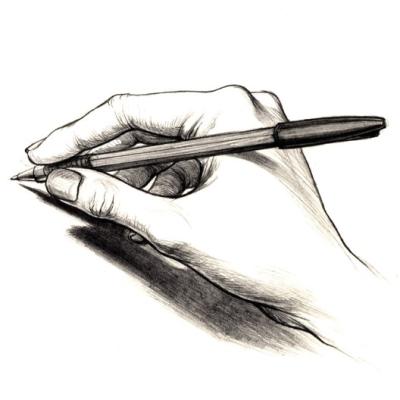
- What do you think Winnie Foster would have worn? Look back at your notes for ideas.
- Log on to a computer and draw your interpretation using the Doodle Splash interactive
- Doodle Splash, readwritethink.org
Activity #6: Fashion2Fiber


- Use the 1880’s examples to show students how accurate their drawings were. Discuss differences between student designs and actual primary sources from that time period.
- Black and red wool plaid bustle dress
- Red embroidery cotton corset
- Olive brown dress
- Green wool bodice and skirt
- Yellow Lyons silk brocade bustle dress
Assessment: Writing Assignment
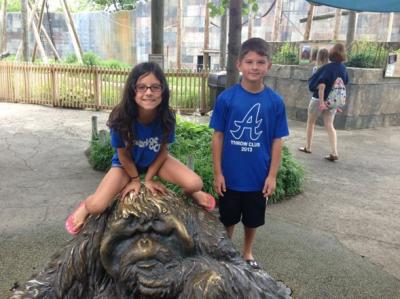
- What would Winnie Foster think about today’s world? What would she say about your clothes? Your hairstyle? Your hobbies?
- Create a dialogue between yourself and Winnie Foster. Be true to who Winnie was and how she felt about her life in the late 19th Century.
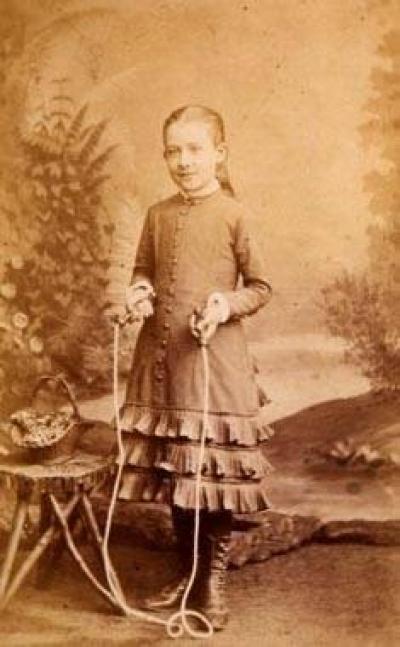
Download Lesson Plan (PowerPoint format) (pdf format)
